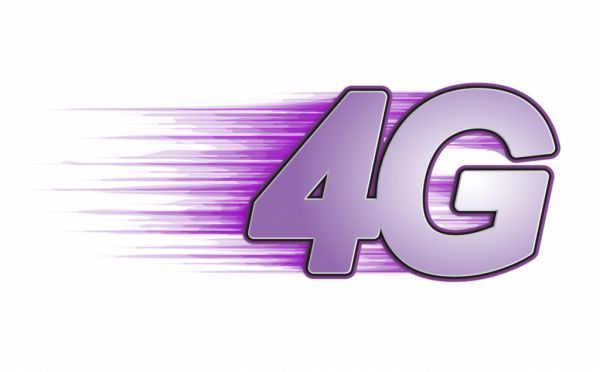Following news that Ofcom has raised £2.34bn from the 4G-spectrum auction, we have two pieces of 4G/LTE-related comments below. Quotes from Lyn Cantor, CEO of Tektronix Communications, a service assurance provider to global carriers and Doug Suriano, CTO of Tekelec the mobile broadband communications company. Let’s take a look at what has been said.
The Spiralling Costs of 4G by Lyn Cantor, President, Tektronix Communications
Europe was a trailblazer of 3G mobile services more than a decade ago, but it has fallen behind other regions with the take-up of 4G. However, being late to the party doesn’t necessarily put Europe on the back foot, in fact the European operators are in a position to take advantage of the knowledge and experience that operators in the U.S. and other global markets have acquired since launching their commercial LTE networks. Although LTE is capable of delivering video calling, multi-player gaming and other applications, the increasing complexity of services have led to unprecedented usage patterns, which have created service management and customer experience issues for operators.
LTE is a wireless standard that supports high-speed mobile broadband and as consequence is a ‘smart-phone’ only technology. The costs associated with supporting smart-phone customers are significantly higher than supporting customers using regular mobile phones – which support voice, messaging and rudimentary data services. The European operators will be faced with spiralling customer care costs as LTE usage increases unless they are able to anticipate, and resolve, network issues before they impact on the subscriber.
Depending on the situation; 4G subscribers downloading videos from the iTunes store, or updating their Facebook accounts, by having a better understanding of the ‘cross-domain’ user experience, operators are able to allocate network resources as appropriate to ensure a seamless connected experience for their customers. As the operators migrate to an all-IP infrastructure they are under increasing pressure to monetise the data flowing across their networks. By guaranteeing connectivity and high levels of QoS and QoE the operators can satisfy their customers, generate new revenue streams and justify their investment in LTE.
4G in UK & Europe Leads to Diameter Signalling Spikes by Doug Suriano, CTO, Tekelec
As UK and European mobile operators invest in LTE, a sophisticated signalling infrastructure will be required to handle the huge surge in Diameter messages triggered by LTE effectively. The LTE Diameter Signalling Index® predicts that LTE Diameter signalling traffic in EMEA will see a 320% CAGR from 2011 to 2016, making it the second fastest growing region in the world.
Always-on smart devices and advanced services will require Diameter signalling to set-up data sessions, authorise subscriber activity, authenticate subscribers and accurately charge for data usage. The constant ‘pinging’ and orchestration will require that UK operators either proactively manage Diameter traffic now using Diameter Signalling Routers (DSR) at the earliest stages of LTE, or invest in DSR solutions once the network builds out.
The LTE Diameter signalling increase will require more sophisticated roaming arrangements than at present, concurrent data sessions, video streaming, QoS guarantees and behavioural changes via social networking. All of these trends will create exponential increases in Diameter signalling volumes that operators must manage.
Waiting could increase the risk of outages and add costs when deploying in markets where smartphone uptake is increasing and the sophistication of services is on the rise.
